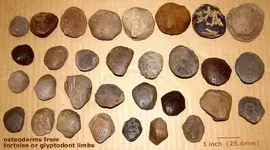BeachComber7
Sr. Member
- Joined
- May 12, 2012
- Messages
- 461
- Reaction score
- 66
- Golden Thread
- 0
- Location
- Treasure Coast-Florida
- Detector(s) used
- Bounty Hunter Pioneer and Tesoro deLeon
- Primary Interest:
- All Treasure Hunting
- #1
Thread Owner
Was wondering if this domed small circular fossil was a scute or a toe pad?
I also found these! A fragment of a horse tooth, showing top and both sides. Love the lines in these things!
The other pics, no idea what they belong to but they are cool finds any way! These photos did not up;load to the post in the order
I put them ughh!!
I also found these! A fragment of a horse tooth, showing top and both sides. Love the lines in these things!
The other pics, no idea what they belong to but they are cool finds any way! These photos did not up;load to the post in the order
I put them ughh!!
Attachments
-
 P1110331 - Copy.webp30.8 KB · Views: 278
P1110331 - Copy.webp30.8 KB · Views: 278 -
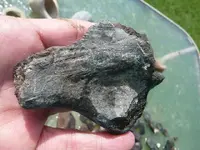 P1110330 - Copy.webp45.5 KB · Views: 230
P1110330 - Copy.webp45.5 KB · Views: 230 -
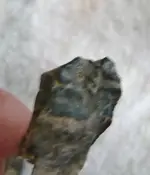 equus horse tooth frag (2).webp19.8 KB · Views: 332
equus horse tooth frag (2).webp19.8 KB · Views: 332 -
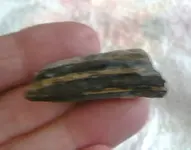 equus horse tooth frag.webp22.7 KB · Views: 372
equus horse tooth frag.webp22.7 KB · Views: 372 -
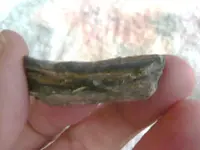 equus horse tooth frag (3).webp26.5 KB · Views: 275
equus horse tooth frag (3).webp26.5 KB · Views: 275 -
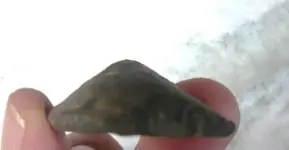 P1110336 c.webp9 KB · Views: 245
P1110336 c.webp9 KB · Views: 245 -
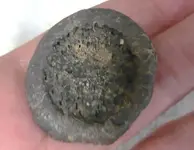 P1110338 c.webp16.1 KB · Views: 445
P1110338 c.webp16.1 KB · Views: 445
Last edited:





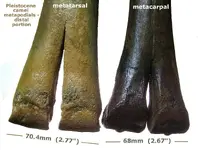
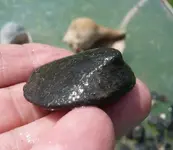
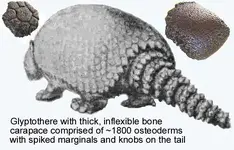
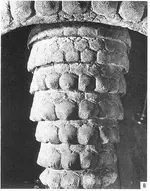
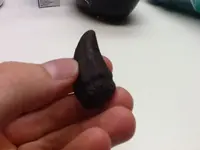
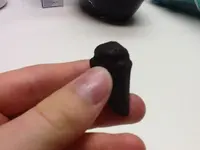
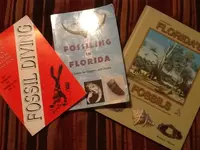
 .
.